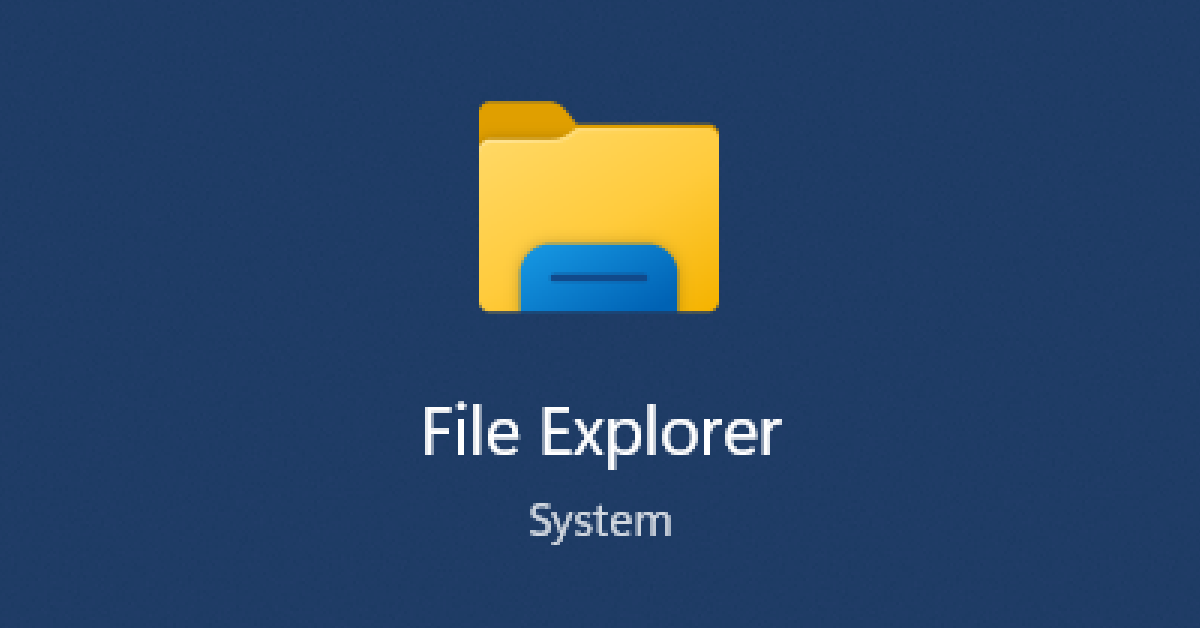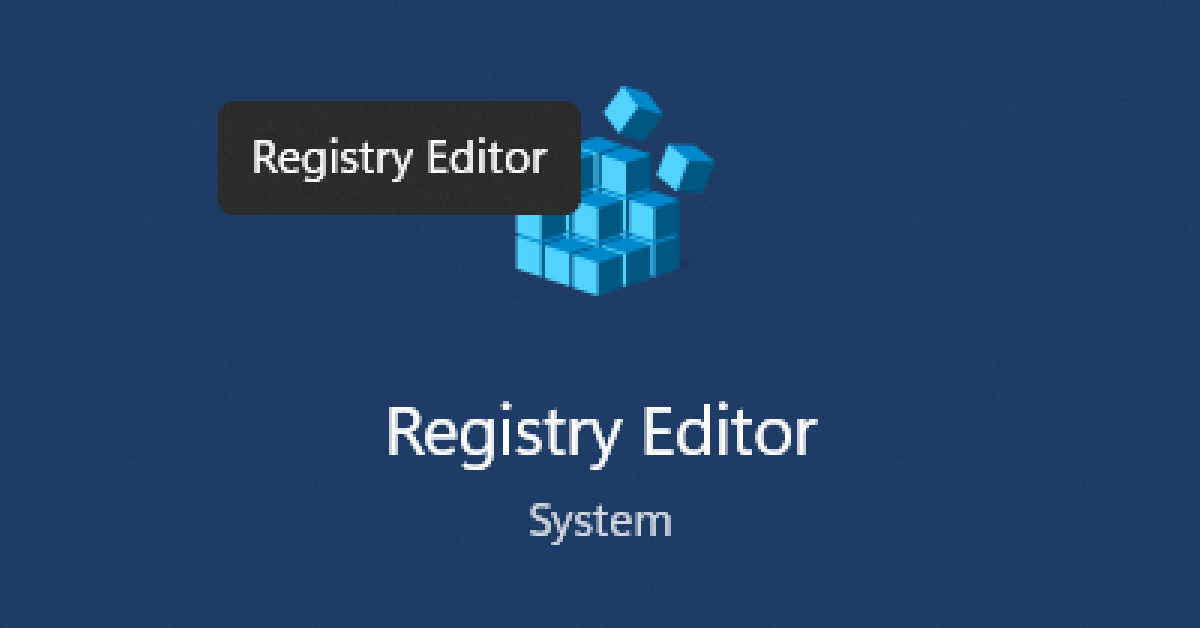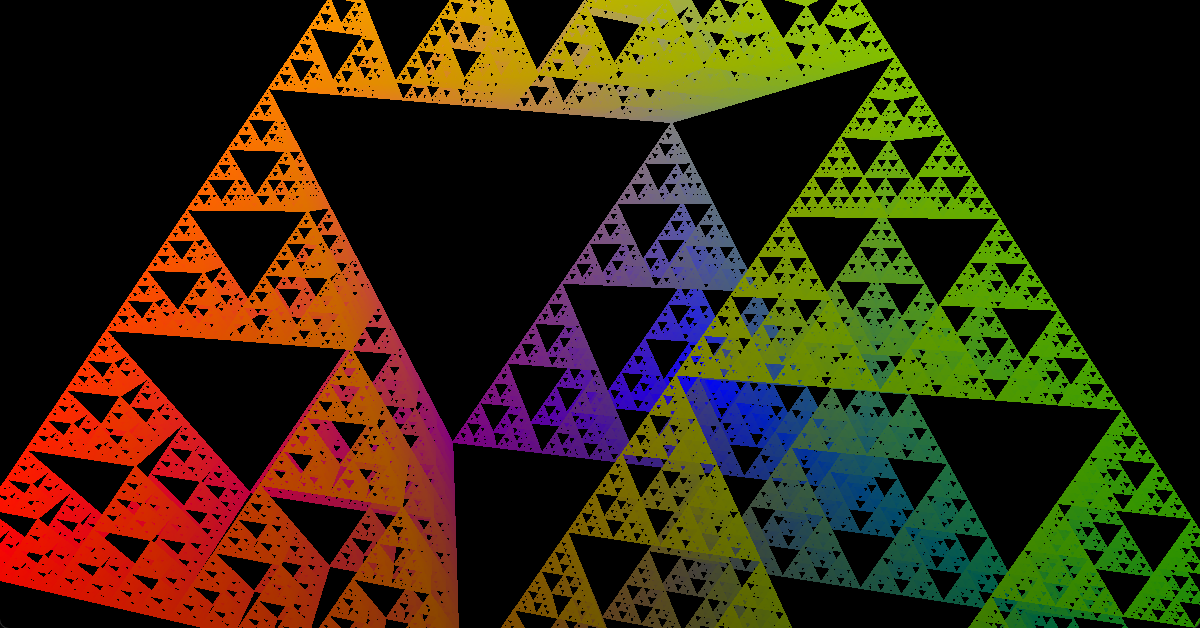March 2023
-

Future Crew


Tribute to Future Crew I was in the middle of implementing some sub-systems into the Xona System 8 engine: I happened to notice my…
-

Xona System 8
Game Dev Engine

Game Engine Xona System 8 is the name of a new game engine / game development framework that I am building in C# on top…

Jason Doucette
The First Pixel.




